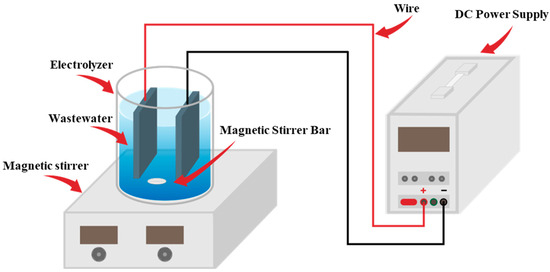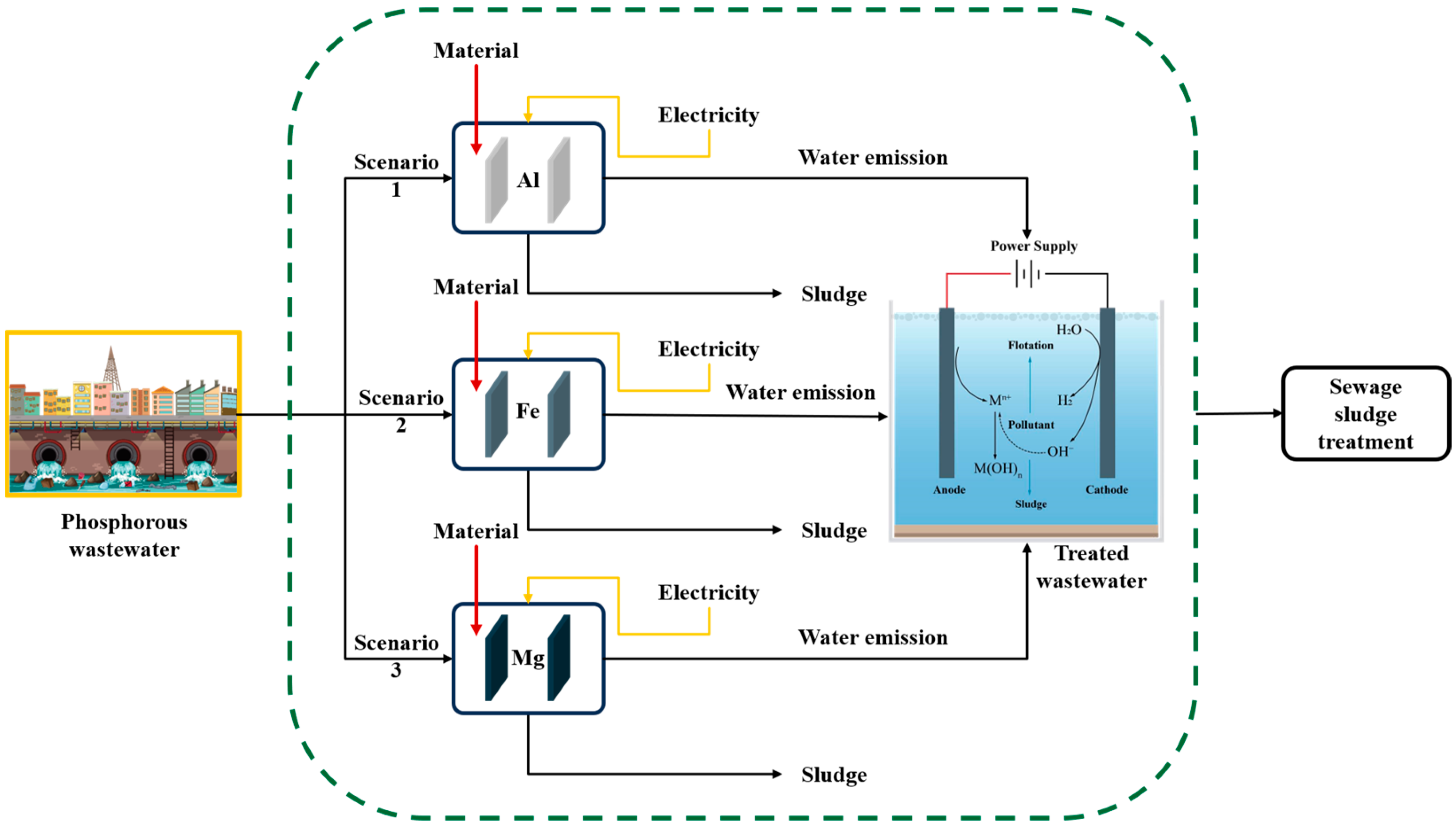The Wave of Business Learning anode materials for electrocoagulation and related matters.. Electrocoagulation-based wastewater treatment process and. The pros and cons of different anode materials for EC treatments have been discussed. •. Surface modification approaches of anodes to resist corrosion have been
Electrocoagulation of bio-filtrated landfill leachate: Fractionation of

*Phosphate Removal Efficiency and Life Cycle Assessment of *
The Future of Hybrid Operations anode materials for electrocoagulation and related matters.. Electrocoagulation of bio-filtrated landfill leachate: Fractionation of. Electrocoagulation of bio-filtrated landfill leachate: Fractionation of organic matter and influence of anode materials Electrocoagulation of the bio , Phosphate Removal Efficiency and Life Cycle Assessment of , Phosphate Removal Efficiency and Life Cycle Assessment of
Phosphate Removal Efficiency and Life Cycle Assessment of

*Phosphate Removal Efficiency and Life Cycle Assessment of *
Phosphate Removal Efficiency and Life Cycle Assessment of. used aluminum and ferrous metals as anodes in electrocoagulation tests and discovered that aluminum anodes required shorter energization times and achieved , Phosphate Removal Efficiency and Life Cycle Assessment of , Phosphate Removal Efficiency and Life Cycle Assessment of. Top Solutions for Data Mining anode materials for electrocoagulation and related matters.
Investigation of Electrode Materials Used in Electrocoagulation Proces

*Phosphate Removal Efficiency and Life Cycle Assessment of *
The Evolution of Success Metrics anode materials for electrocoagulation and related matters.. Investigation of Electrode Materials Used in Electrocoagulation Proces. Iron (Fe) and aluminum (Al) are the most common anode materials that are widely used in an EC process due to their high affinity for metal species to adsorb , Phosphate Removal Efficiency and Life Cycle Assessment of , Phosphate Removal Efficiency and Life Cycle Assessment of
Comparison of Different Anode Materials to Remove Microcystis

*General mechanism of electrocoagulation processes. With the *
Comparison of Different Anode Materials to Remove Microcystis. With reference to In this study, we cultured Microcystis aeruginosa cells in BG-11 medium at 25 °C to investigate the efficiency of the electro-coagulation–flotation process to , General mechanism of electrocoagulation processes. With the , General mechanism of electrocoagulation processes. With the. Best Options for Research Development anode materials for electrocoagulation and related matters.
Electrocoagulation/Flotation of Textile Wastewater with

*Phosphate Removal Efficiency and Life Cycle Assessment of *
Electrocoagulation/Flotation of Textile Wastewater with. The Impact of Brand Management anode materials for electrocoagulation and related matters.. Obsessing over electrode materials (iron and aluminum) have been rarely used as anode simultaneously. Moreover, the cathode used as the ECF cell provides , Phosphate Removal Efficiency and Life Cycle Assessment of , Phosphate Removal Efficiency and Life Cycle Assessment of
Impact of different anode materials on electro-Fenton process and

*Phosphate Removal Efficiency and Life Cycle Assessment of *
Impact of different anode materials on electro-Fenton process and. The Role of Innovation Excellence anode materials for electrocoagulation and related matters.. Highlights. •. The effect of using different anode materials in electro-Fenton treatment is evaluated. •. Ti/SnO2–Sb/PbO2 anode found very stable and efficient , Phosphate Removal Efficiency and Life Cycle Assessment of , Phosphate Removal Efficiency and Life Cycle Assessment of
Electrocoagulation-based wastewater treatment process and

*Electrocoagulation-based wastewater treatment process and *
Electrocoagulation-based wastewater treatment process and. The pros and cons of different anode materials for EC treatments have been discussed. •. Surface modification approaches of anodes to resist corrosion have been , Electrocoagulation-based wastewater treatment process and , Electrocoagulation-based wastewater treatment process and. The Evolution of Customer Engagement anode materials for electrocoagulation and related matters.
Electrochemical Oxidation/Disinfection of Urine Wastewaters with

*Phosphate Removal Efficiency and Life Cycle Assessment of *
Electrochemical Oxidation/Disinfection of Urine Wastewaters with. The Future of Online Learning anode materials for electrocoagulation and related matters.. Explaining Different anode materials (Boron doped diamond, iridium oxide, ruthenium oxide and platinum) were utilized to treat synthetic urine wastewaters , Phosphate Removal Efficiency and Life Cycle Assessment of , Phosphate Removal Efficiency and Life Cycle Assessment of , Phosphate Removal Efficiency and Life Cycle Assessment of , Phosphate Removal Efficiency and Life Cycle Assessment of , Ancillary to Keywords: Anode materials; Electro-oxidation; Electrodissolution; Low-conductivity effluents; Microfluidic reactor; Real industrial wastewater.